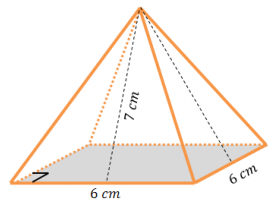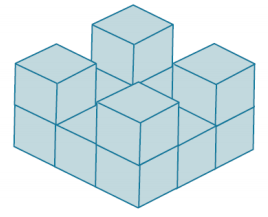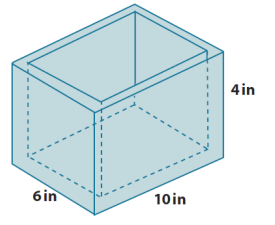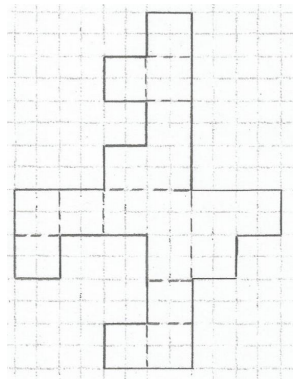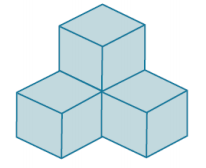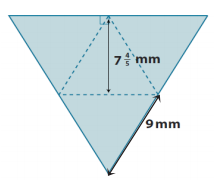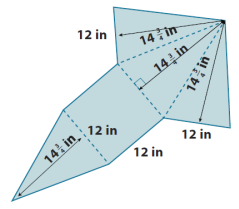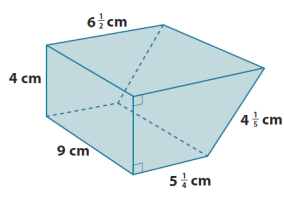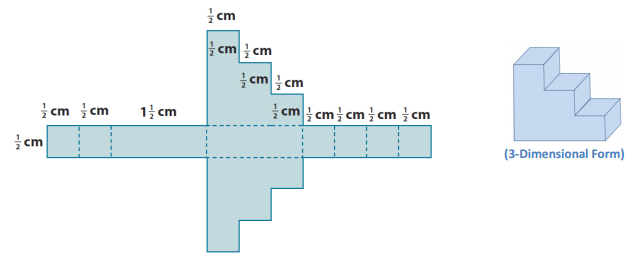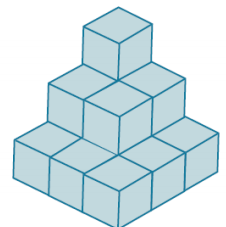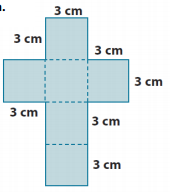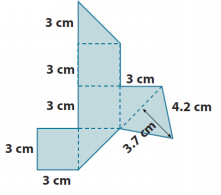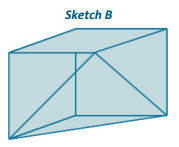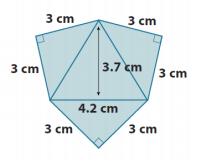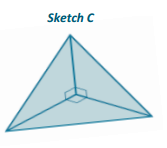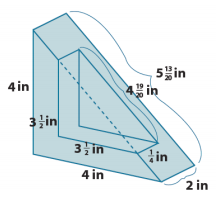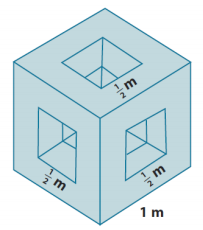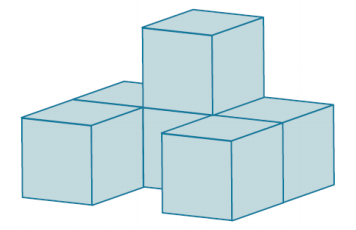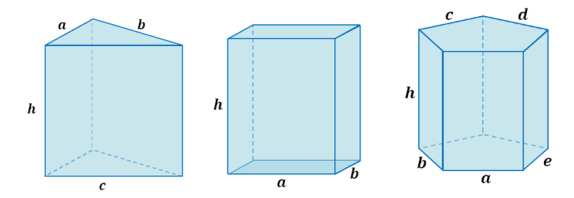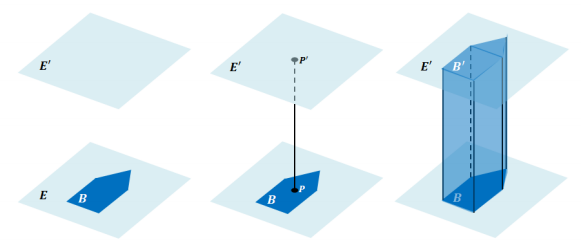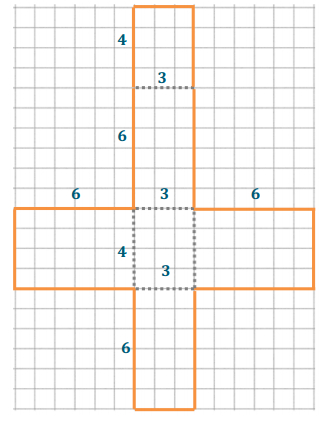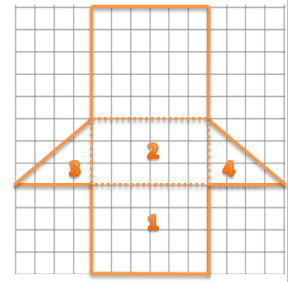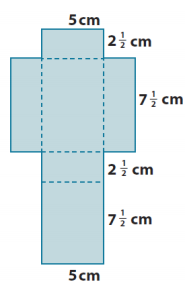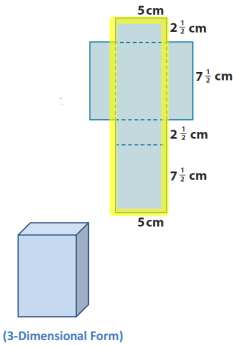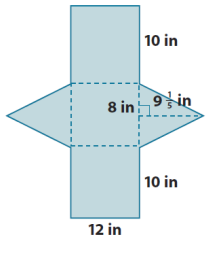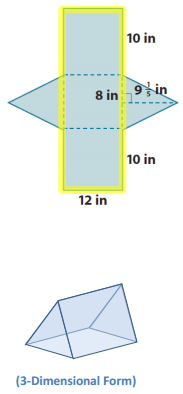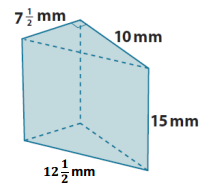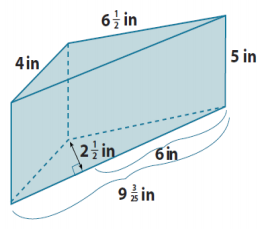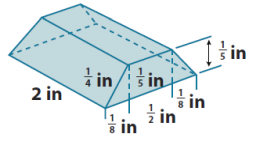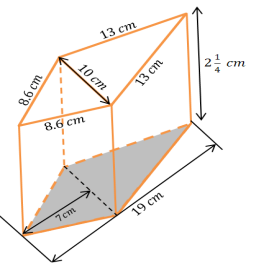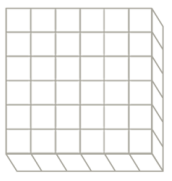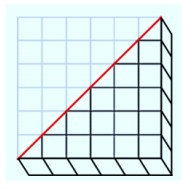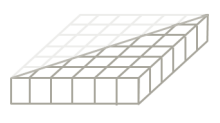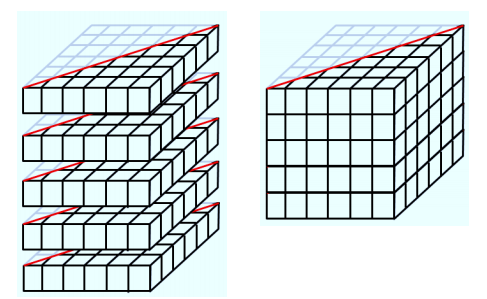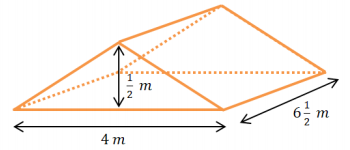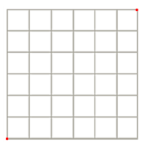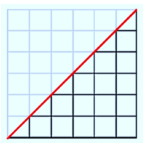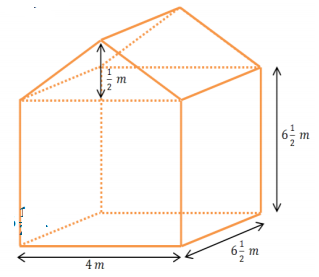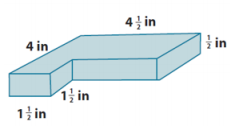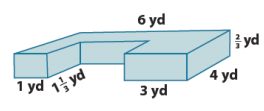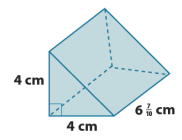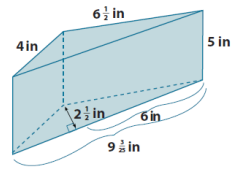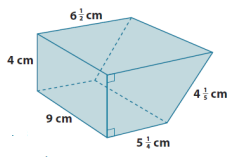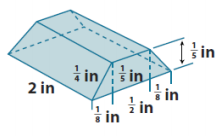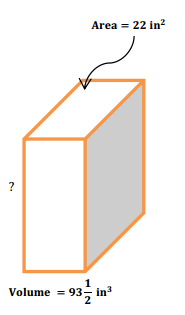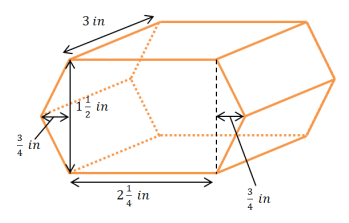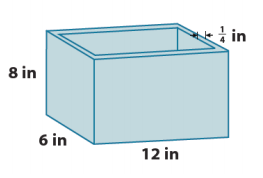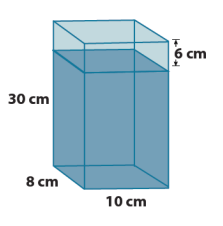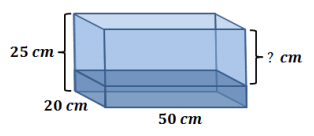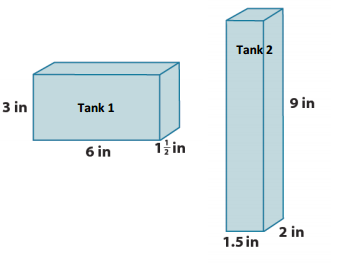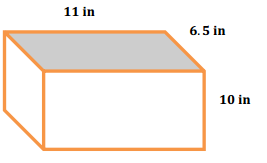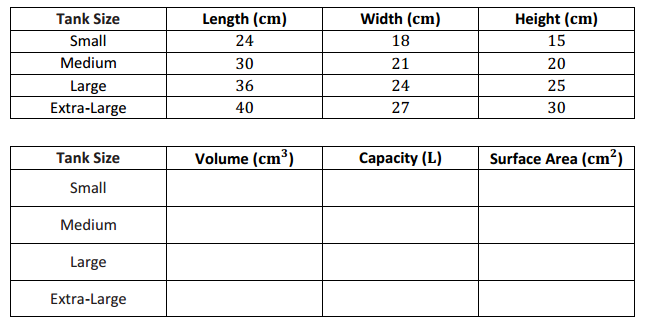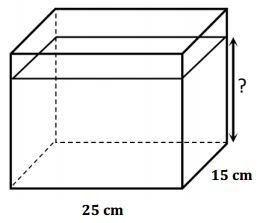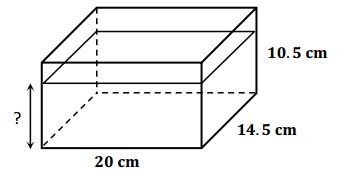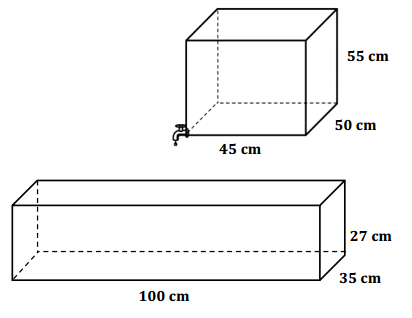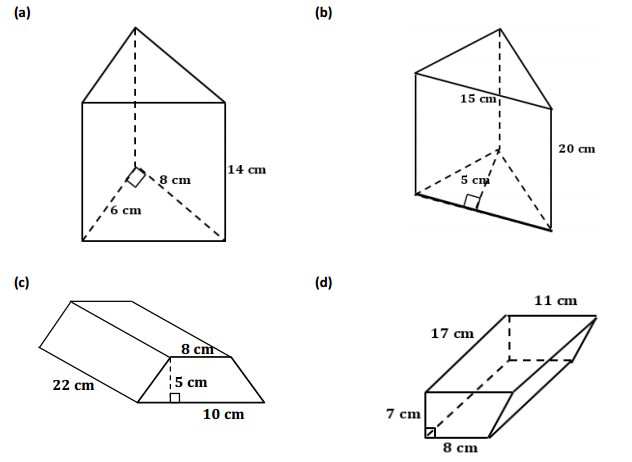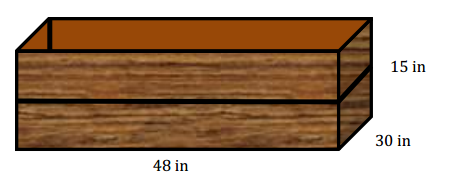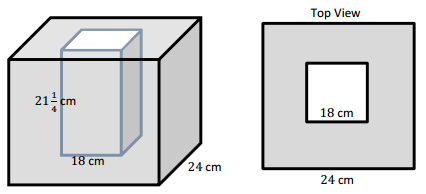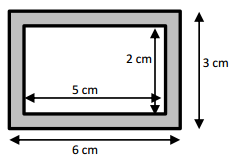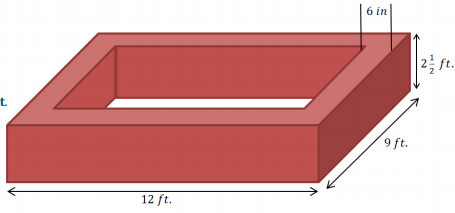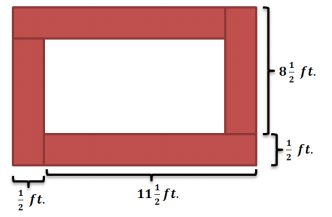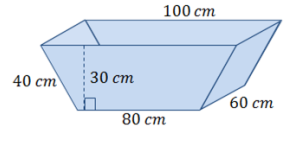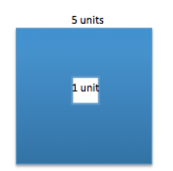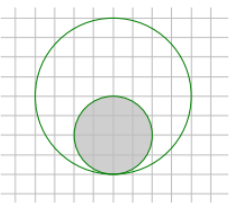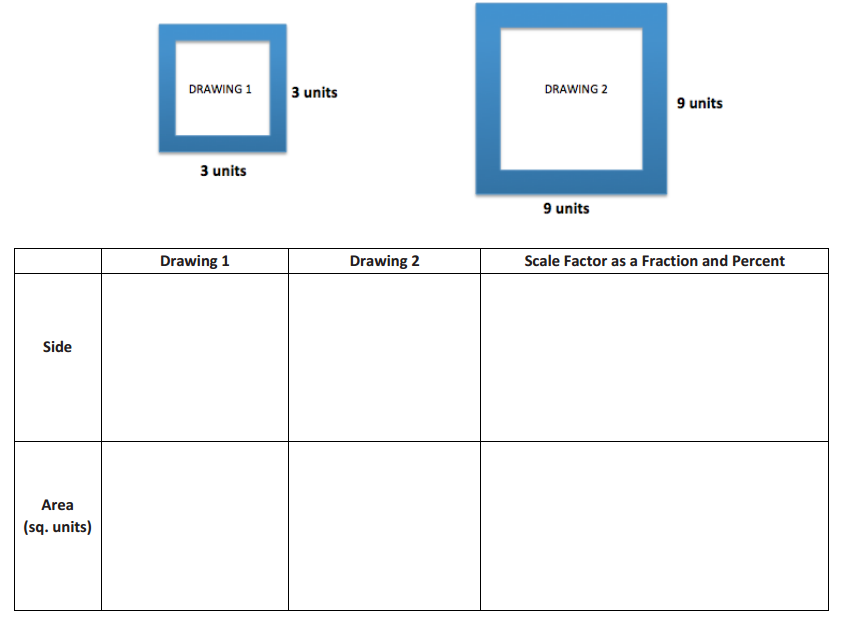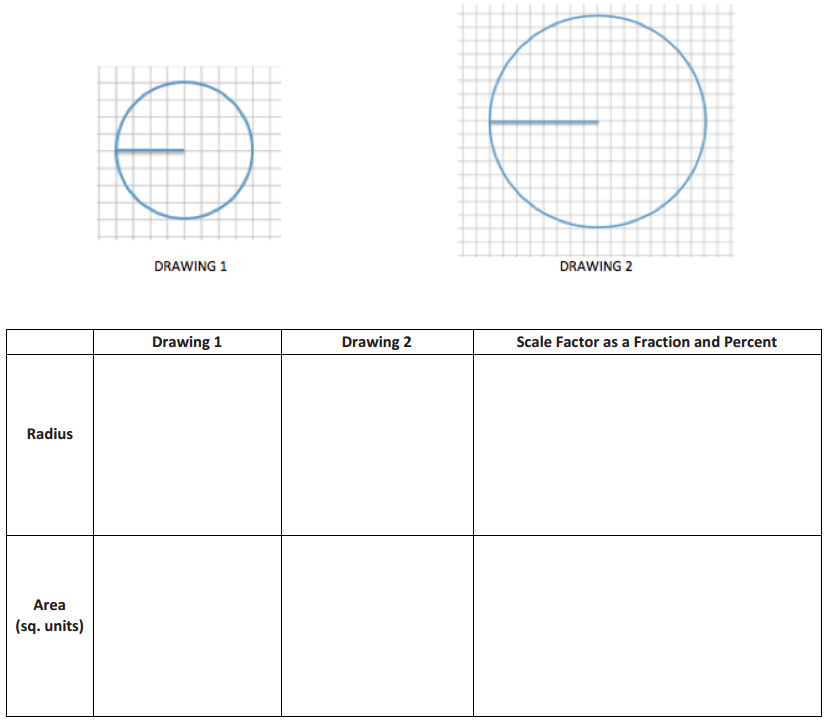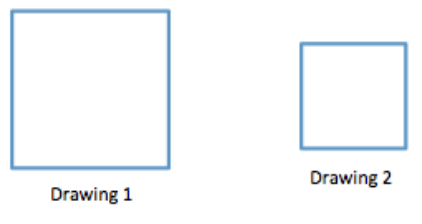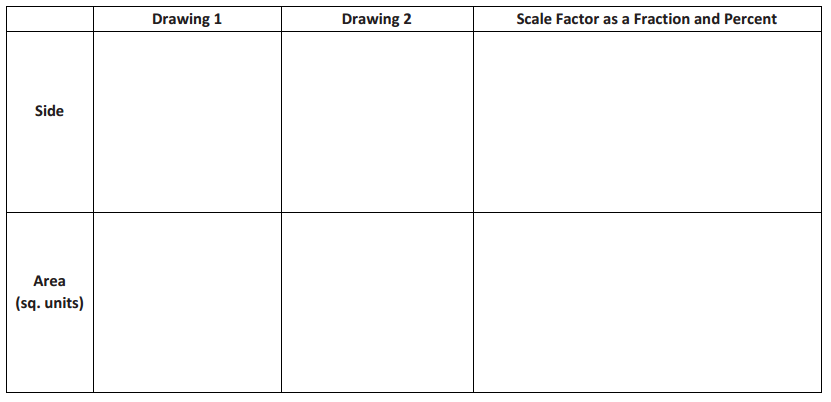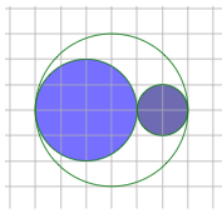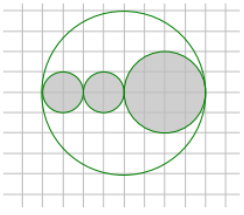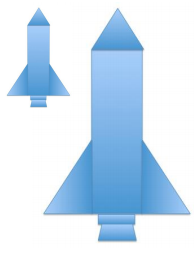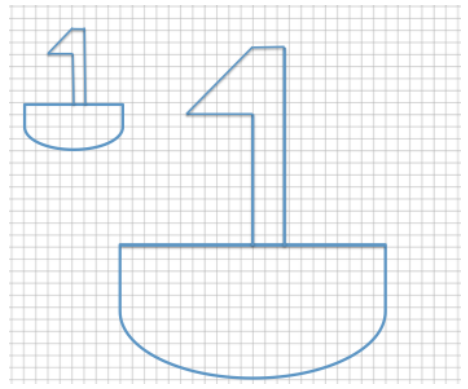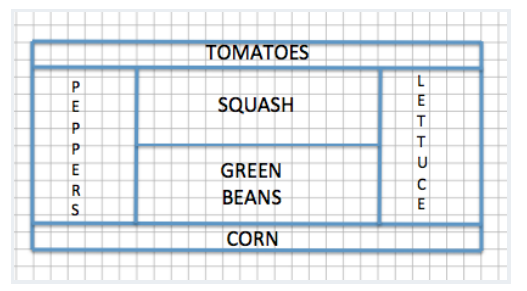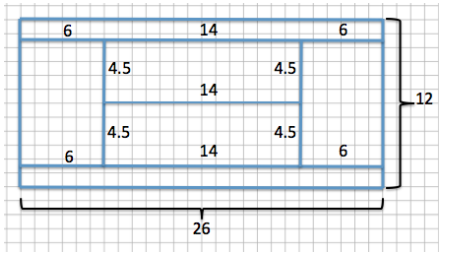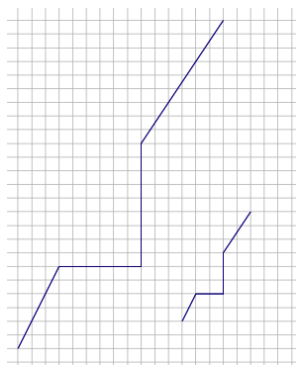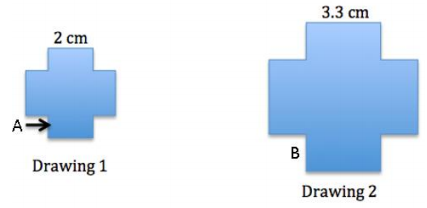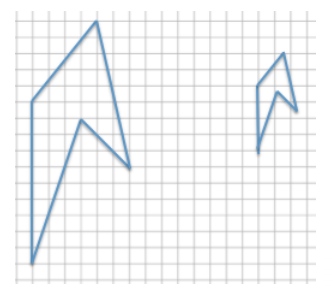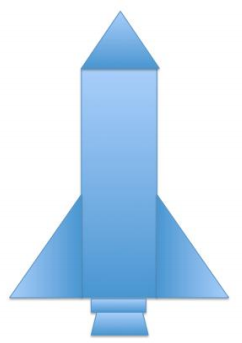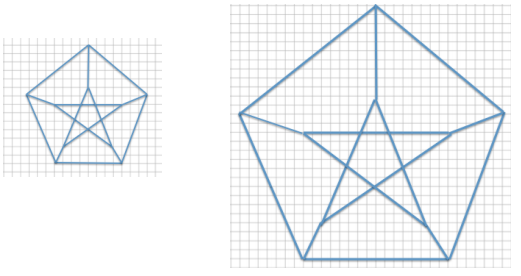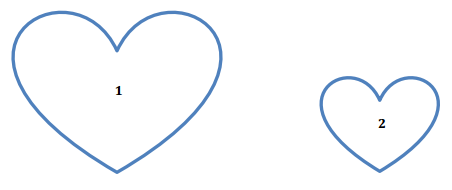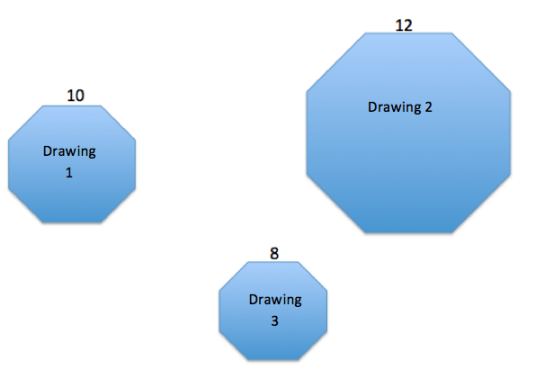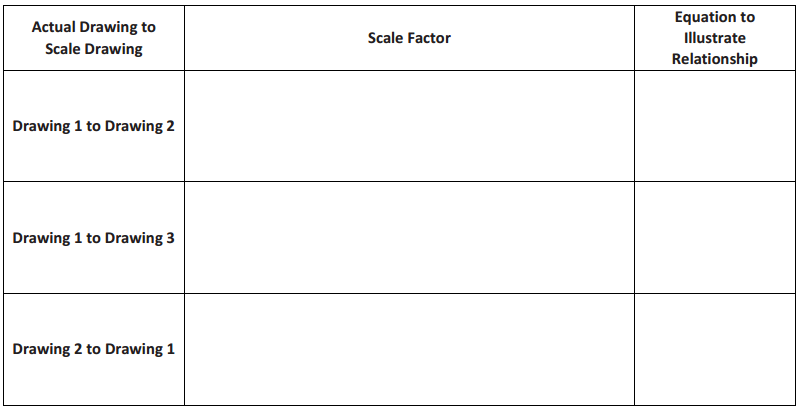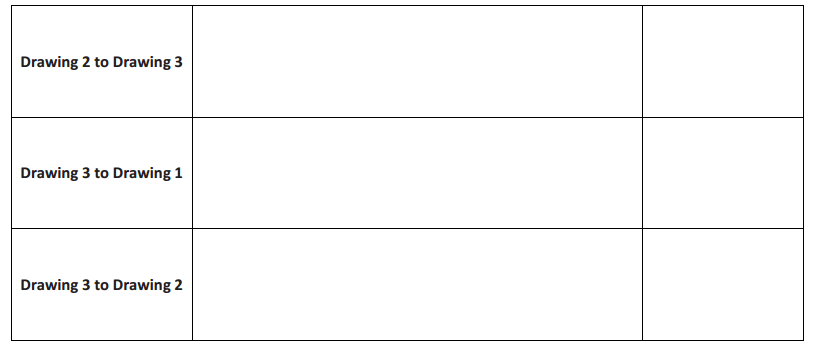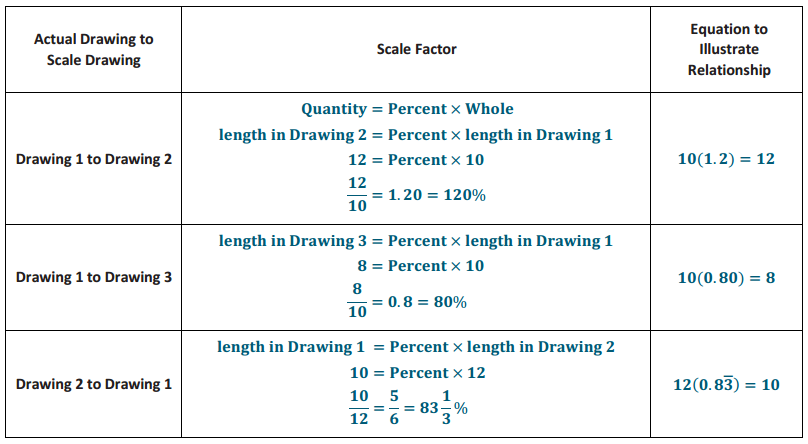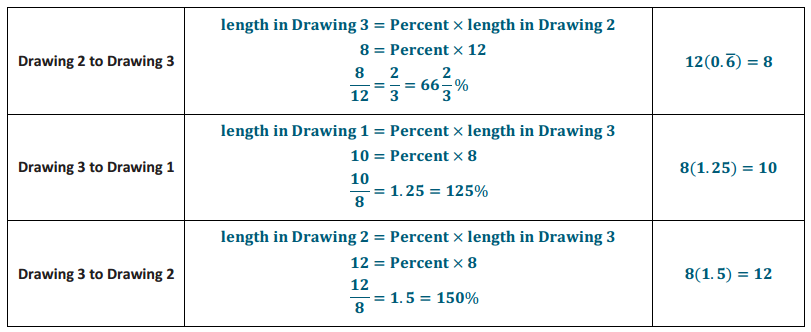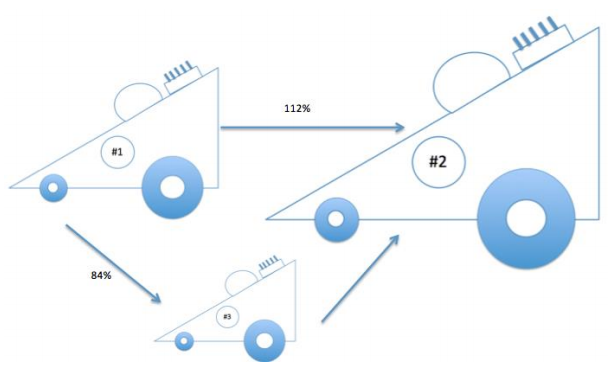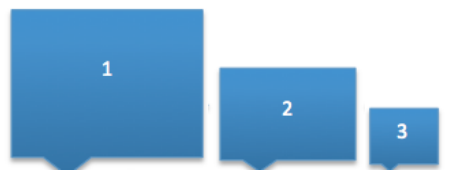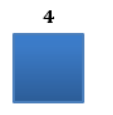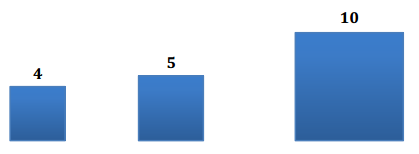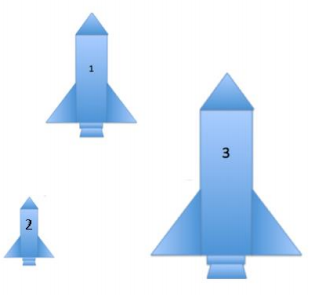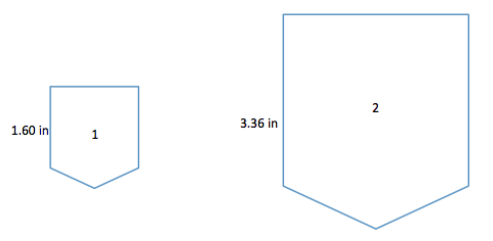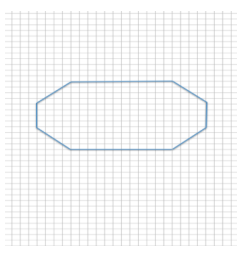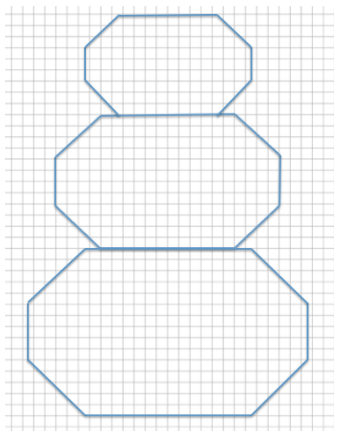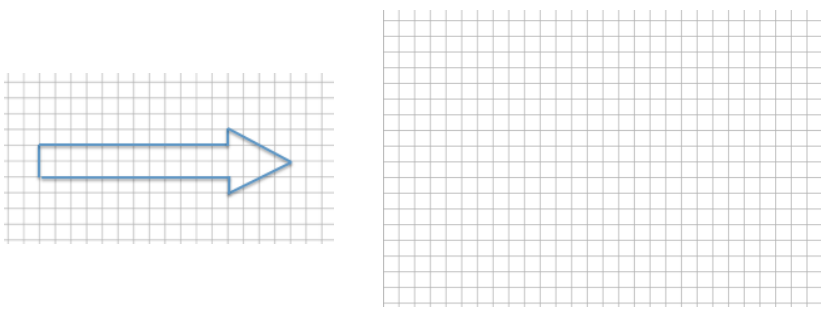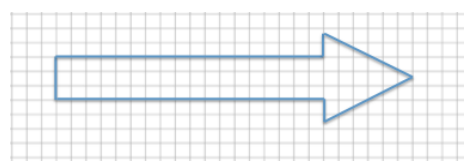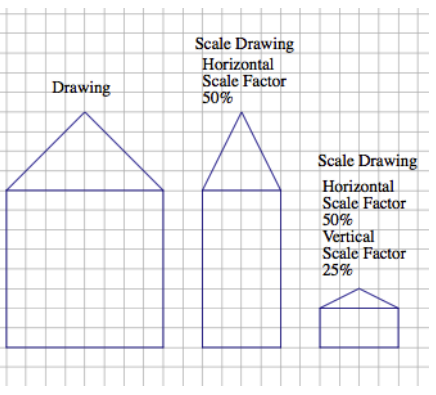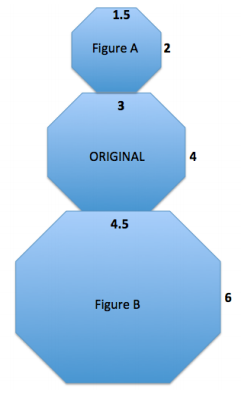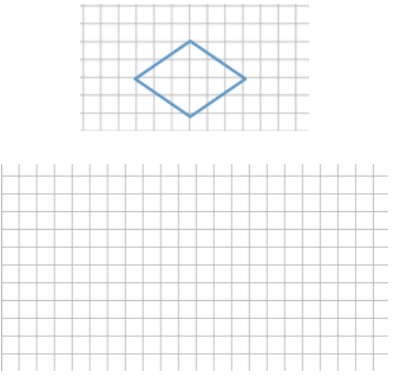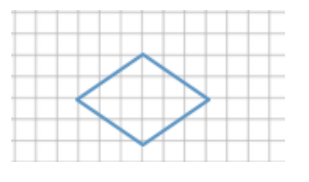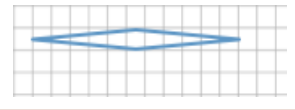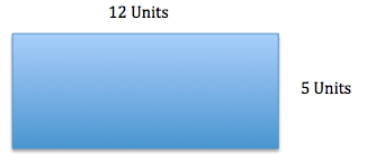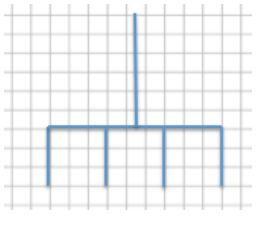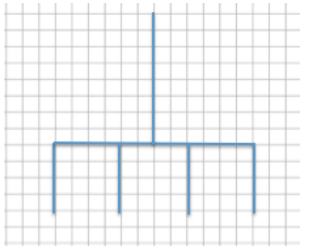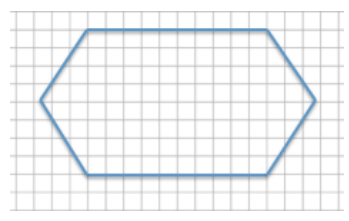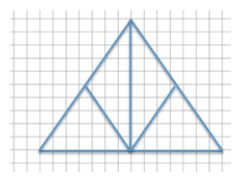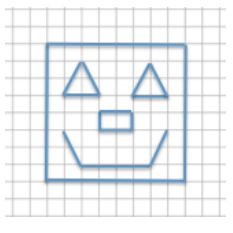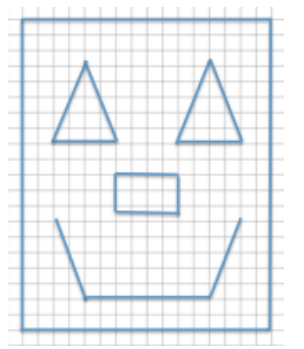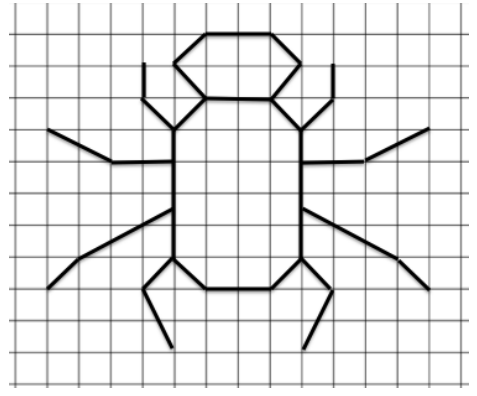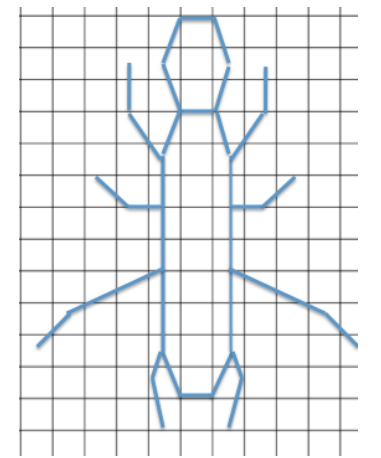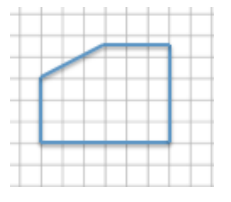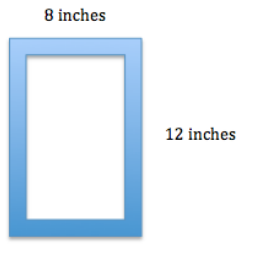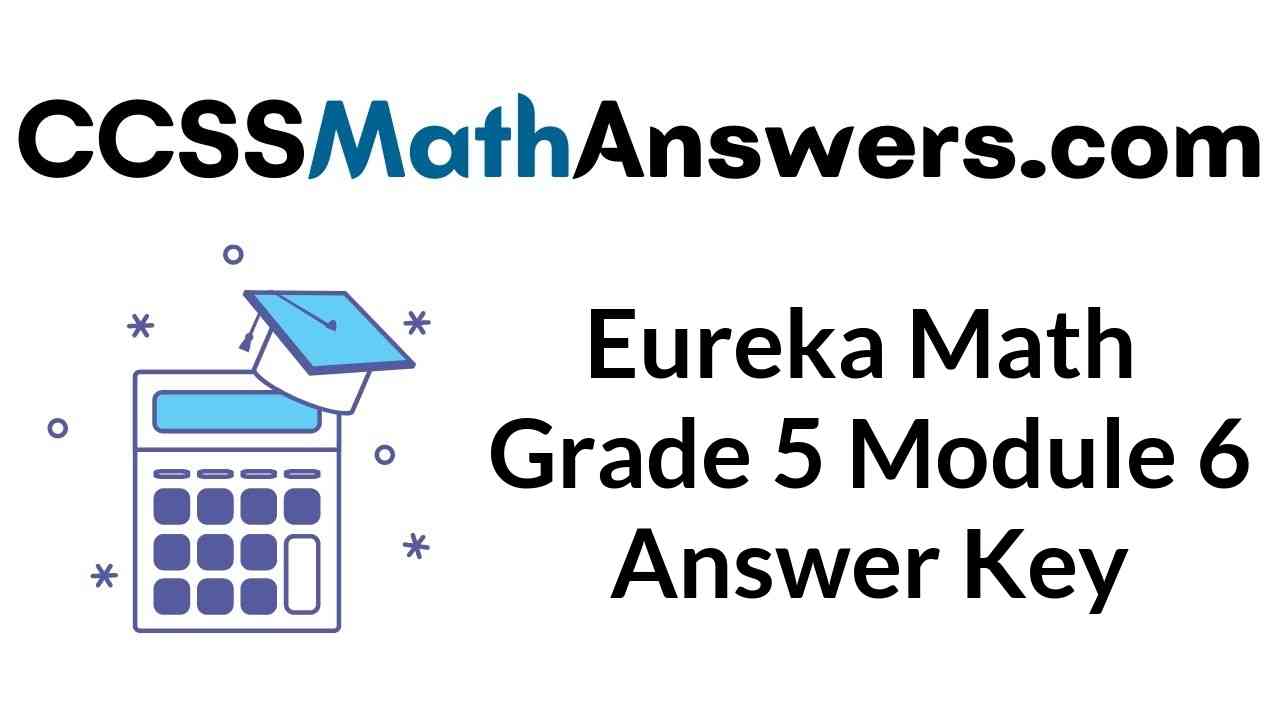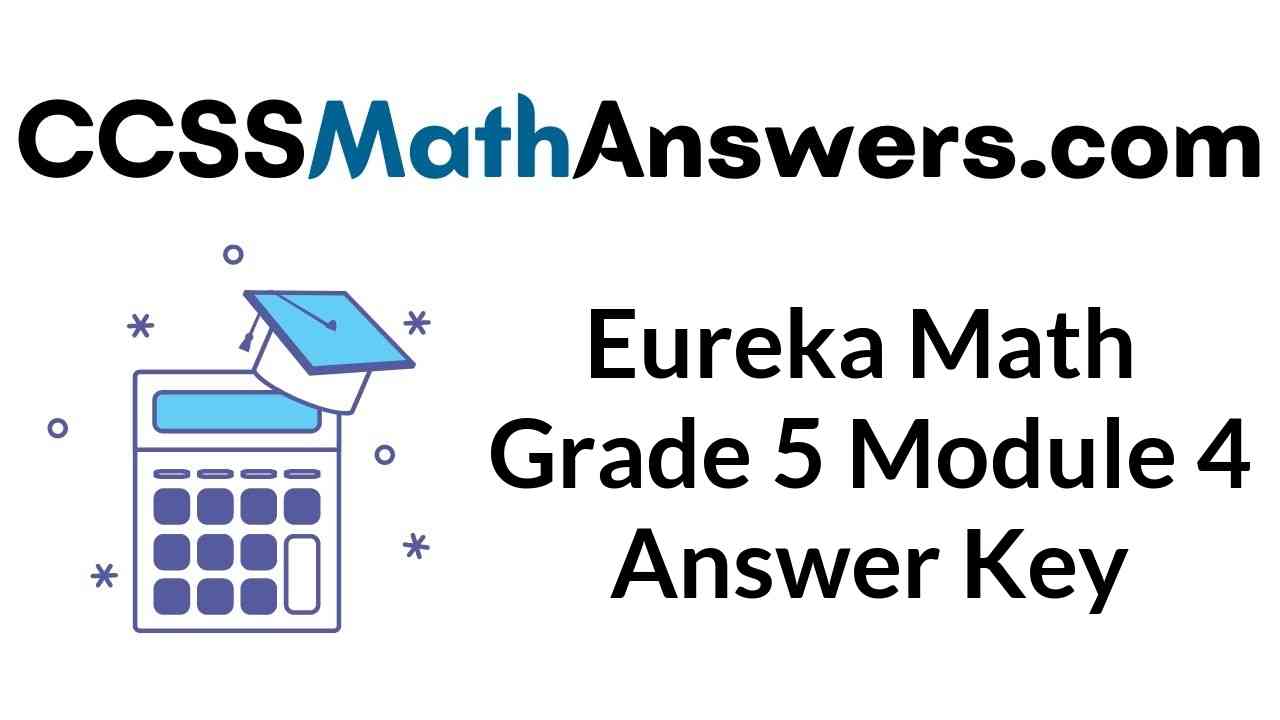Engage NY Eureka Math 7th Grade Module 4 Lesson 18 Answer Key
Eureka Math Grade 7 Module 4 Lesson 18 Example Answer Key
Example 1.
All of the 3-letter passwords that can be formed using the letters A and B are as follows: AAA, AAB, ABA, ABB, BAA, BAB, BBA, BBB.
a. What percent of passwords contain at least two B’s?
Answer:
There are four passwords that contain at least two B’s: ABB, BAB, BBA, and BBB. There are eight passwords total.
\(\frac{4}{8}\) = \(\frac{1}{2}\) = 50%, so 50% of the passwords contain at least two B’s.
b. What percent of passwords contain no A’s?
Answer:
There is one password that contains no A’s. There are eight passwords total.
\(\frac{1}{8}\) = 0.125 = 12.5%, so 12.5% of the passwords contain no A’s.
Example 2.
In a set of 3-letter passwords, 40% of the passwords contain the letter B and two of another letter. Which of the two sets below meets the criteria? Explain how you arrived at your answer.
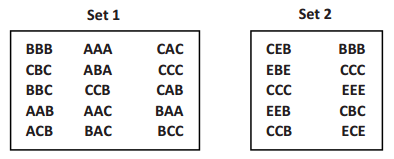
Answer:
For each set, I counted how many passwords have the letter B and two of another letter. Then, I checked to see if that quantity equaled 40% of the total number of passwords in the set.
In Set 1, CBC, AAB, ABA, CCB, BAA, and BCC are the passwords that contain a B and two of another letter. Set 1 meets the criteria since there are 15 passwords total and 40% of 15 is 6.
Quantity = Percent × Whole
6 = 0.4(15)
6 = 6 → True
In Set 2, EBE, EEB, CCB, and CBC are the only passwords that contain a B and two others of the same letter. Set 2 meets the criteria since there are 10 passwords total and 40% of 10 is 4.
Quantity = Percent × Whole
4 = 0.4(10)
4 = 4 → True
So, both Sets 1 and 2 meet the criteria.
Example 3.
Look at the 36 points on the coordinate plane with whole number coordinates between 1 and 6, inclusive.
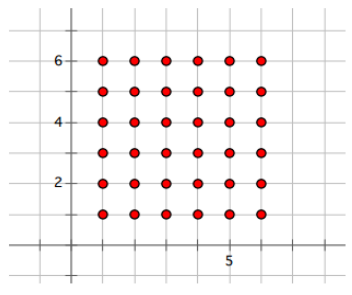
a. Draw a line through each of the points which have an x-coordinate and y-coordinate sum of 7.
Draw a line through each of the points which have an x-coordinate and y-coordinate sum of 6.
Draw a line through each of the points which have an x-coordinate and y-coordinate sum of 5.
Draw a line through each of the points which have an x-coordinate and y-coordinate sum of 4.
Draw a line through each of the points which have an x-coordinate and y-coordinate sum of 3.
Draw a line through each of the points which have an x-coordinate and y-coordinate sum of 2.
Draw a line through each of the points which have an x-coordinate and y-coordinate sum of 8.
Draw a line through each of the points which have an x-coordinate and y-coordinate sum of 9.
Draw a line through each of the points which have an x-coordinate and y-coordinate sum of 10.
Draw a line through each of the points which have an x-coordinate and y-coordinate sum of 11.
Draw a line through each of the points which have an x-coordinate and y-coordinate sum of 12.
Answer:

b. What percent of the 36 points have a coordinate sum of 7?
Answer:
\(\frac{6}{36}\) = \(\frac{1}{6}\) = 16 \(\frac{2}{3}\)%
c. Write a numerical expression that could be used to determine the percent of the 36 points that have a coordinate sum of 7.
Answer:
There are six coordinate points in which the sum of the x-coordinate and the y-coordinate is 7. So,
\(\frac{6}{36}\) × 100%.
d. What percent of the 36 points have a coordinate sum of 5 or less?
Answer:
\(\frac{10}{36}\) × 100% = 27 \(\frac{7}{9}\)%
e. What percent of the 36 points have a coordinate sum of 4 or 10?
Answer:
\(\frac{6}{36}\) × 100% = 16 \(\frac{2}{3}\)%
Eureka Math Grade 7 Module 4 Lesson 18 Exercise Answer Key
Opening Exercise
You are about to switch out your books from your locker during passing period but forget the order of your locker combination. You know that there are the numbers 3, 16, and 21 in some order. What is the percent of locker combinations that start with 3?
Locker Combination Possibilities:
3, 16, 21
21, 16, 3
16, 21, 3
21, 3, 16
16, 3, 21
3, 21, 16
Answer:
\(\frac{2}{6}\) = \(\frac{1}{3}\) = \(0.33 \overline{3}\) = \(33 . \overline{3} \%\)
Exercises 1–2
Exercise 1.
How many 4-letter passwords can be formed using the letters A and B?
Answer:
16: AAAA, AAAB, AABB, ABBB, AABA, ABAA, ABAB, ABBA,
BBBB, BBBA, BBAA, BAAA, BBAB, BABB, BABA, BAAB
Exercise 2.
What percent of the 4-letter passwords contain
a. No A’s?
Answer:
\(\frac{1}{16}\) = 0.0625 = 6.25%
b. Exactly one A?
Answer:
\(\frac{4}{16}\) = \(\frac{1}{4}\) = 25%
c. Exactly two A’s?
Answer:
\(\frac{6}{16}\) = 0.375 = 37.5%
d. Exactly three A’s?
Answer:
\(\frac{4}{16}\) = \(\frac{1}{4}\) = 25%
e. Four A’s?
Answer:
\(\frac{1}{16}\) = 0.0625 = 6.25%
f. The same number of A’s and B’s?
Answer:
\(\frac{6}{16}\) = 0.375 = 37.5%
→ Which categories have percents that are equal?
No A’s and four A’s have the same percents.
Exactly one A and exactly three A’s have the same percents.
Exactly two A’s and the same number of A’s and B’s also have the same percents.
→ Why do you think they are equal?
Four A’s is the same as saying no B’s, and since there are only two letters, no B’s is the same as no A’s.
The same reasoning can be used for exactly one A and exactly three A’s. If there are exactly three A’s, then this would mean that there is exactly one B, and since there are only two letters, exactly one B is the same as exactly one A.
Finally, exactly two A’s and the same number of A’s and B’s are the same because the same amount of A’s and B’s would be two of each.
Exercises 3–4
Exercise 3.
Shana read the following problem:
“How many letter arrangements can be formed from the word triangle that have two vowels and two consonants (order does not matter)?”
She answered that there are 30 letter arrangements.
Twenty percent of the letter arrangements that began with a vowel actually had an English definition. How many letter arrangements that begin with a vowel have an English definition?
Answer:
0.20 × 30 = 6
Six have a formal English definition.
Exercise 4.
Using three different keys on a piano, a songwriter makes the beginning of his melody with three notes, C, E, and G: CCE, EEE, EGC, GCE, CEG, GEE, CGE, GGE, EGG, EGE, GCG, EEC, ECC, ECG, GGG, GEC, CCG, CEE, CCC, GEG, CGC.
a. From the list above, what is the percent of melodies with all three notes that are different?
Answer:
\(\frac{6}{21}\) ≈ 28.6%
b. From the list above, what is the percent of melodies that have three of the same notes?
Answer:
\(\frac{3}{21}\) ≈ 14.3%
Eureka Math Grade 7 Module 4 Lesson 18 Problem Set Answer Key
Question 1.
A six-sided die (singular for dice) is thrown twice. The different rolls are as follows:
1 and 1, 1 and 2, 1 and 3, 1 and 4, 1 and 5, 1 and 6,
2 and 1, 2 and 2, 2 and 3, 2 and 4, 2 and 5, 2 and 6,
3 and 1, 3 and 2, 3 and 3, 3 and 4, 3 and 5, 3 and 6,
4 and 1, 4 and 2, 4 and 3, 4 and 4, 4 and 5, 4 and 6,
5 and 1, 5 and 2, 5 and 3, 5 and 4, 5 and 5, 5 and 6,
6 and 1, 6 and 2, 6 and 3, 6 and 4, 6 and 5, 6 and 6.
a. What is the percent that both throws will be even numbers?
Answer:
\(\frac{9}{36}\) = 25%
b. What is the percent that the second throw is a 5?
Answer:
\(\frac{6}{36}\) = 16 \(\frac{2}{3}\)%
c. What is the percent that the first throw is lower than a 6?
Answer:
\(\frac{30}{36}\) = 83 \(\frac{1}{3}\)%
Question 2.
You have the ability to choose three of your own classes, art, language, and physical education. There are three art classes (A1, A2, A3), two language classes (L1, L2), and two P.E. classes (P1, P2) to choose from. The order does not matter and you must choose one from each subject.

Compare the percent of possibilities with A1 in your schedule to the percent of possibilities with L1 in your schedule.
Answer:
A1: \(\frac{4}{12}\) = 33 \(\frac{1}{3}\)% L1: \(\frac{6}{12}\) = 50%
There is a greater percent with L1 in my schedule.
Question 3.
Fridays are selected to show your school pride. The colors of your school are orange, blue, and white, and you can show your spirit by wearing a top, a bottom, and an accessory with the colors of your school. During lunch, 11 students are chosen to play for a prize on stage. The table charts what the students wore.

a. What is the percent of outfits that are one color?
Answer:
\(\frac{2}{11}\) = 18 \(\frac{2}{11}\)%
b. What is the percent of outfits that include orange accessories?
Answer:
\(\frac{5}{11}\) = 45 \(\frac{5}{11}\)%
Question 4.
Shana wears two rings (G represents gold, and S represents silver) at all times on her hand. She likes fiddling with them and places them on different fingers (pinky, ring, middle, index) when she gets restless. The chart is tracking the movement of her rings.
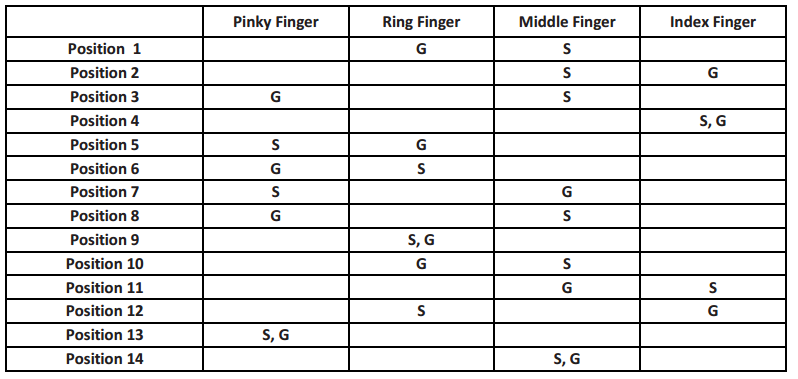
a. What percent of the positions shows the gold ring on her pinky finger?
Answer:
\(\frac{4}{14}\) ≈ 28.57%
b. What percent of the positions shows both rings on the same finger?
Answer:
\(\frac{4}{14}\) = 28 \(\frac{4}{7}\)%
Question 5.
Use the coordinate plane below to answer the following questions.
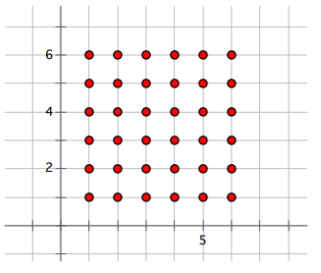
a. What is the percent of the 36 points whose quotient of \(\frac{x \text { -coordinate }}{y-\text { coordinate }}\) is greater than one?
Answer:
\(\frac{15}{36}\) = 41 \(\frac{2}{3}\)%
b. What is the percent of the 36 points whose coordinate quotient is equal to one?
Answer:
\(\frac{6}{36}\) = 16\(\frac{2}{3}\)%
Eureka Math Grade 7 Module 4 Lesson 18 Exit Ticket Answer Key
There are a van and a bus transporting students on a student camping trip. Arriving at the site, there are 3 parking spots. Let v represent the van and b represent the bus. The chart shows the different ways the vehicles can park.
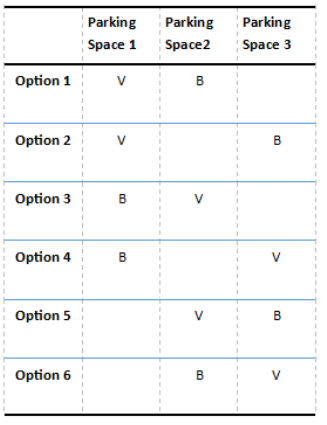
a. In what percent of the arrangements are the vehicles separated by an empty parking space?
Answer:
\(\frac{2}{6}\) = 33 \(\frac{1}{3}\)%
b. In what percent of the arrangements are the vehicles parked next to each other?
Answer:
\(\frac{4}{6}\) = 66 \(\frac{2}{3}\)%
c. In what percent of the arrangements does the left or right parking space remain vacant?
Answer:
\(\frac{4}{6}\) = 66 \(\frac{2}{3}\)%
